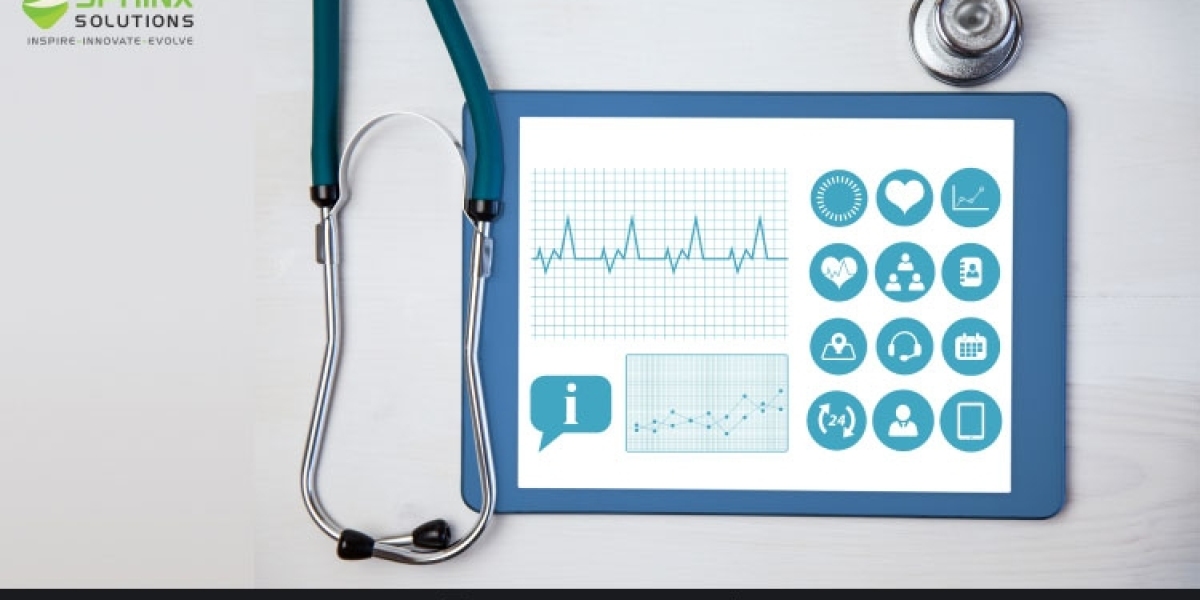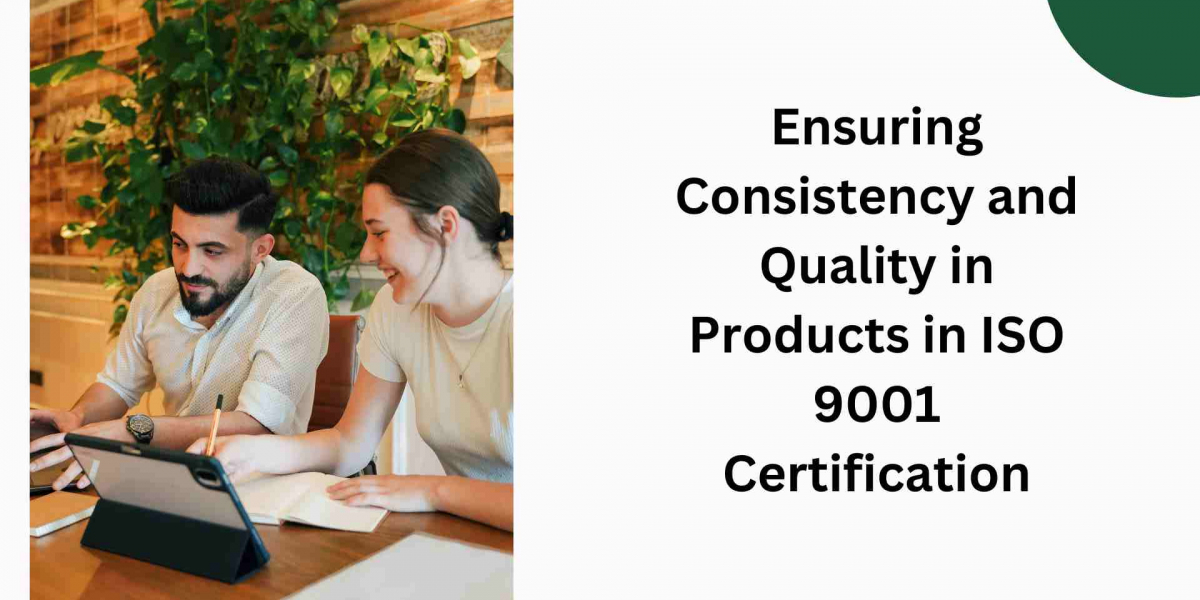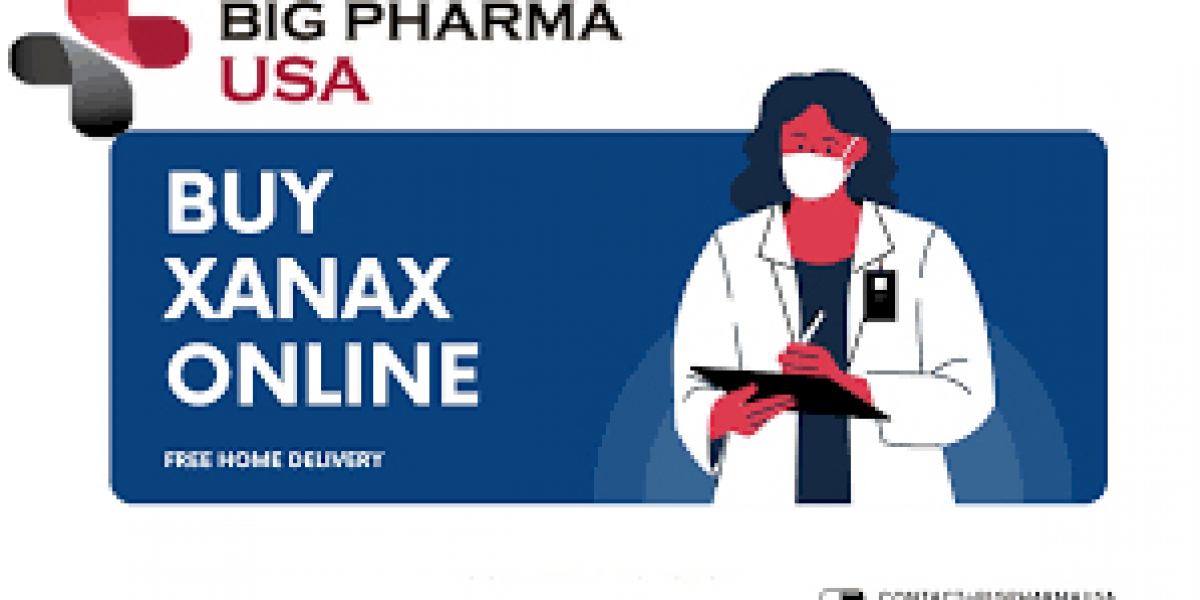In today’s digital era, SaaS, or software as a service has revolutionized the healthcare industry in many ways. According to the report, the global healthcare SaaS market is projected to reach $76.8 billion by the end of 2026. A broad range of SaaS-based solutions is available for modern healthcare that depends on the market demands, business type, and target audience. Some of the important functional aspects of SaaS solutions in healthcare include healthcare management, compliance, user experience, patient data security, etc. In this blog, we will discuss the prime benefits of SaaS in healthcare and what to consider for developing a robust SaaS software for healthcare services. Let’s get started.
Importance of SaaS in healthcare
SaaS plays a vital role in revolutionizing the healthcare sector in many ways. With SaaS-based solutions, healthcare service providers can enhance patient care, improve operational efficiency, streamline processes, and ensure compliance with industry standards. Let’s have a look at the key reasons why software as a service is crucial for healthcare.
1. Cost-effectiveness: Integrating SaaS-based services into healthcare reduces upfront costs, configuration costs, upgrade costs, maintenance costs, and other unwanted expenses. Instead of paying for expensive software infrastructure and licenses, healthcare service providers can easily subscribe to SaaS-based models that allow them to pay only for the services they want.
2. High security: SaaS developers help healthcare service providers access different security features to safeguard valuable data efficiently. With SaaS, the risk of confidential healthcare records and data breaches can be reduced. Moreover, SaaS service providers also invest in security measures & ensure compliance with the healthcare industry standards like the Health Insurance Portability and Accountability Act (HIPAA).
3. Improved scalability: Healthcare service providers often face fluctuating demand for their services. SaaS provides high scalability and allows them to quickly adjust their resources based on patient needs. Moreover, SaaS-based solutions also improve flexibility and enable healthcare experts to smoothly access patient info and make well-informed decisions.
4. Better accessibility: SaaS-based software systems are fully compatible with several devices and platforms. This level of accessibility allows healthcare professionals or authorized users to accurately manage medical data. Better accessibility always ensures that all patients get high-quality healthcare solutions every time.
How to build SaaS healthcare software?
Developing a SaaS healthcare software system involves a number of steps and activities. It also requires careful planning and a proper roadmap. Let’s have a look at the key steps of developing SaaS-based software for healthcare:
Step 1: Research and planning:
Research and planning play a very crucial role in any software development process. Conducting thorough market research allows you to find your target audience and know the current market trends. Apart from market research, you must focus on competitor and consumer research that encompasses addressing the market demands, essential requirements, and competitors. Moreover, collaborating with reputable software development companies can provide valuable insights into industry best practices and technological advancements. With proper planning, you can thoroughly determine all your project objectives and goals. Planning helps you address user pain points and understand what you exactly expect from the SaaS-based solutions.
Step 2: Software documentation & wireframing:
Now, you have to collect all documents and information regarding SaaS healthcare software before you move forward with the software development process. Proper documentation contains a number of elements such as user requirements, HIPAA contracts, project scopes, etc.
Apart from that, an accurate software documentation process is also crucial to ensure that you provide a proper MVP. This is because unorganized documents or lack of specifications may negatively impact your minimum viable product (MVP). Things that you need to consider while documentation include:
Patient info management
Clinical support services
Admission scheduling
Apart from that, wireframing helps you focus on the user interface design of your software. It helps you make certain changes and modifications without complex manipulations. With proper wireframing, you can seamlessly change your design layouts and modify all necessary UX/UI elements.
Step 3: SaaS MVP
SaaS MVP contains core features and functionalities to gather real-time feedback and verify the desired outcomes. It helps to give you the right direction for your software development. Some of the prime benefits of the minimum viable product include:
Showcases the key features of the software system
Provides value to engage your target audience
Create a feedback loop to collect real-time data
Making a SaaS minimum viable product is a lucrative investment that enables you to understand what your potential users exactly want from your software. Therefore, you can focus on further improvements to meet all your user needs.
Step 4: Development
Developing SaaS-based software for healthcare is a long process. It needs a SaaS developer’s experience and the right technology stacks. All you need to do is hire a reliable SaaS development company or team of developers who will help you build a robust and feature-rich SaaS product for your business. While developing a SaaS product, developers mostly focus on some important security measures like data encryption, user authentication, and access control.
Step 5: Maintenance & support
Once you have developed your SaaS software successfully, you need to focus on software maintenance and support services. Before deploying the software, you have to consider that
The software system has undergone different testing phases
The quality of the software system has been fully verified
According to SaaS developers, the functionalities and infrastructure of a SaaS software application must be precisely maintained to improve its overall performance and usability.
Final words
Over the last few years, SaaS in healthcare has made massive progress in many areas, from telemedicine to healthcare management. Investing in SaaS software development is a lucrative option for healthcare institutes that want to improve patient care, manage operations, and reduce expenses significantly. It works as a transformative force that unlocks massive opportunities for the modern healthcare industry.








